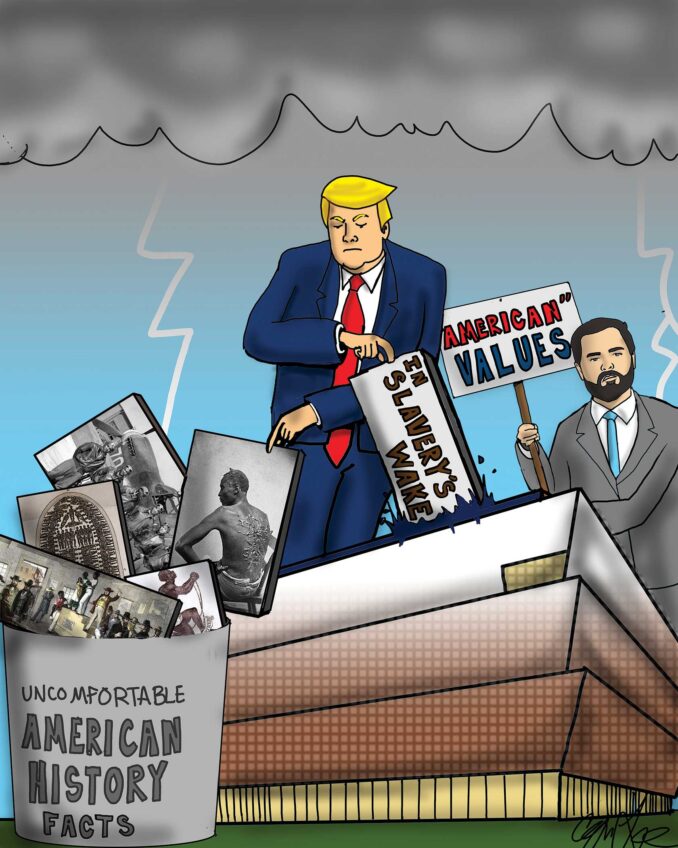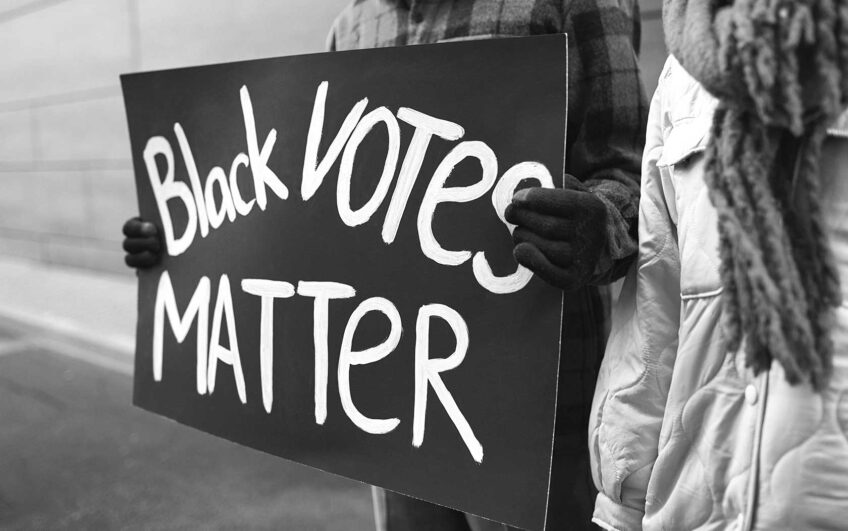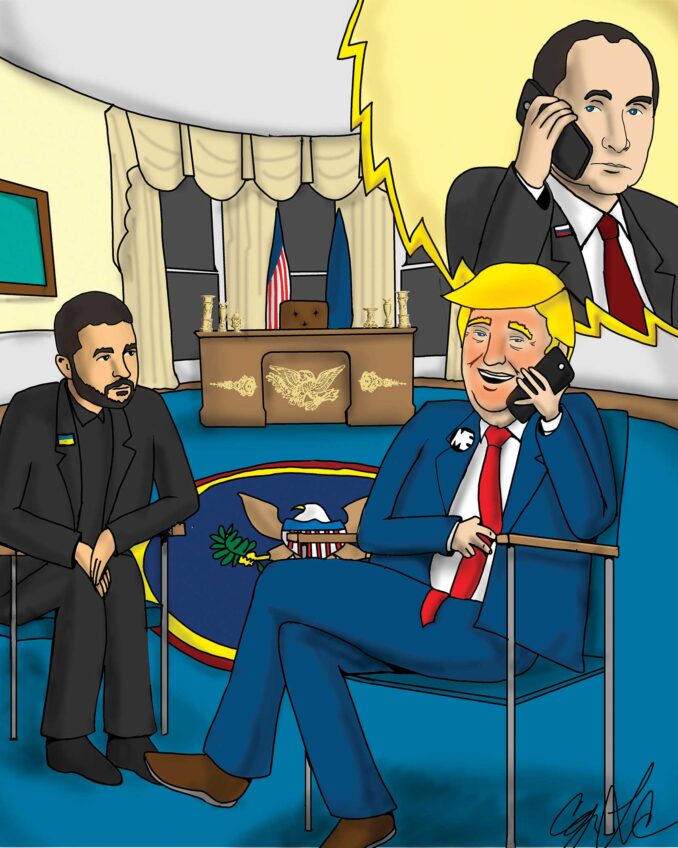America’s digital TV transition beset with problems
As it stands, on Feb. 17, 2009, all full-power analog television broadcasts in the United States will cease and existing TV stations will begin broadcasting exclusively in a digital format. The switch to digital television (DTV) will free up frequencies for emergency uses and allow broadcasters to provide more programming for their viewers through “multicasting.”
As a practical matter, people will need to subscribe to a cable or satellite television service, use a digital-ready TV set, or hook up a digital converter box to an analog TV set in order to continue watching broadcast television.
Unfortunately, the number of people who stand to lose their access to TV programming in the coming DTV transition is considerable. Roughly 10 to 15 percent of all TV households (about 30 to 40 million people) still rely on over-the-air television, most of whom are senior citizens, low-income residents or non-English speakers. In a city like Chicago, with high poverty rates and a large immigrant population, some 20 percent of residents still use antenna-only TV and an estimated 230,000 households are completely unready for the conversion.
The federal government has launched a coupon program that allows each household to claim up to two $40 coupons to help offset the cost of digital converter boxes for those that can’t afford them otherwise. But the coupons expire 90 days after they are issued; half of the more than 25 million people who have requested them have seen their coupons expire. What’s more, surveys show more than three-quarters of those who are interested in getting converter boxes are not aware of the coupon program.
Preliminary testing of digital-only TV broadcasting in the U.S. has been all but nonexistent. The sole switchover test, conducted in September in Wilmington, N.C., amounts to a false positive, since 92 percent of the viewers impacted by the test already subscribe to cable. Across the country, there have been sporadic tests — perhaps a minute or a few minutes at a time, at various times and in various locales, but nothing systematic.
Outreach about the DTV conversion has been haphazard at best. For the most part, the Federal Communications Commission (FCC) is counting on public service announcements (PSAs) voluntarily aired by broadcasters to inform viewers about the switch.
But only 13 percent of PSAs air during the most-watched hours of prime time, and PSAs make up only one half of 1 percent of all TV airtime.
In recent months, the FCC has partnered with senior centers and community groups to stage a series of “town hall” meetings about the DTV transition in an effort to educate some of the most vulnerable populations. But scheduling of these town hall gatherings has been ad hoc, and in many cities the meetings have been poorly attended.
The distribution of set-top converter boxes has also been fraught with serious problems. Research has shown that the sorts of stores that carry converter boxes are typically located far from the low-income neighborhoods which need them most. And many retailers have been caught flat-footed, not knowing about the transition and sometimes providing incorrect information about the conversion or the coupon program.
Amid widespread confusion about the DTV conversion, there has been no shortage of unscrupulous retailers taking advantage. Both fly-by-night scam businesses and major satellite and cable TV providers have been pushing unwitting TV viewers to buy equipment they don’t need at inflated prices. Worse still, earlier this year, the FCC fined several large big-box retailers a combined $3.9 million for failing to correctly label analog-only TV sets that will be rendered useless come Feb. 17.
Recently, government officials overseeing the transition told Congress they may need an extra $330 million to keep up with the demand for converter box coupons. They also admitted that there might not be enough converter boxes available to fill anticipated needs — and that the shortfall could be as high as 2.5 million boxes.
The saddest thing about this entire situation is that America’s transition to DTV could’ve been handled much differently.
The U.K. is currently in the midst of its own switch to digital television. But unlike here in the U.S., the British conversion is being rolled out gradually over the course of four years, converting region-by-region, practically neighborhood by neighborhood. What’s more, the money the U.K. has spent on outreach and infrastructure, per capita, puts American efforts to shame.
The British DTV conversion has had problems of its own, but the problems have been far smaller in scale and easier to address. Americans who watch TV and the regulators who shape our communications policies would be wise to take notice.
Steve Macek is an associate professor of speech communication at North Central College in Naperville, Ill. Mitchell Szczepanczyk is an organizer with Chicago Media Action and a frequent contributor to assorted Chicago-area independent media efforts in print, web, radio and television.






